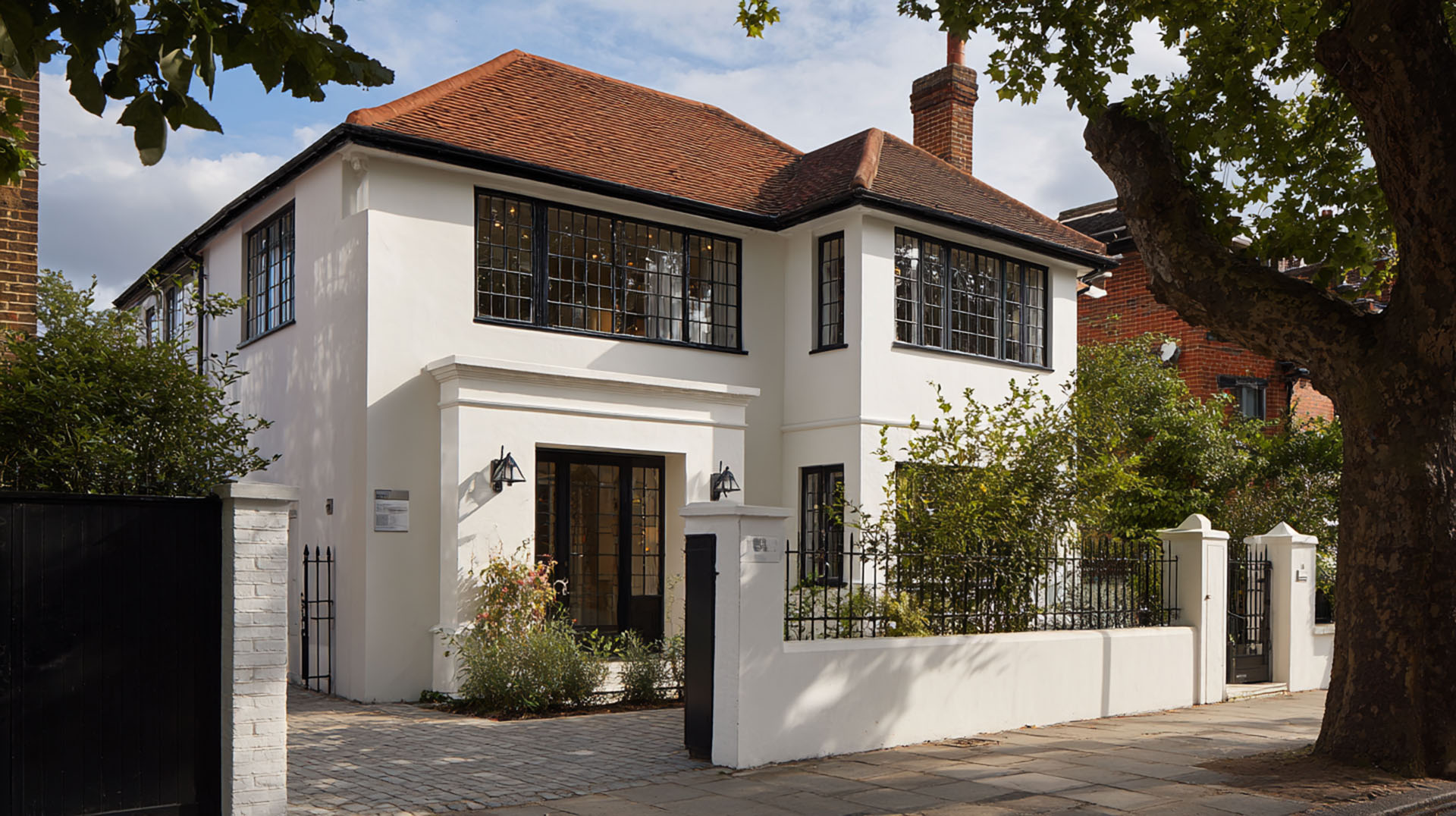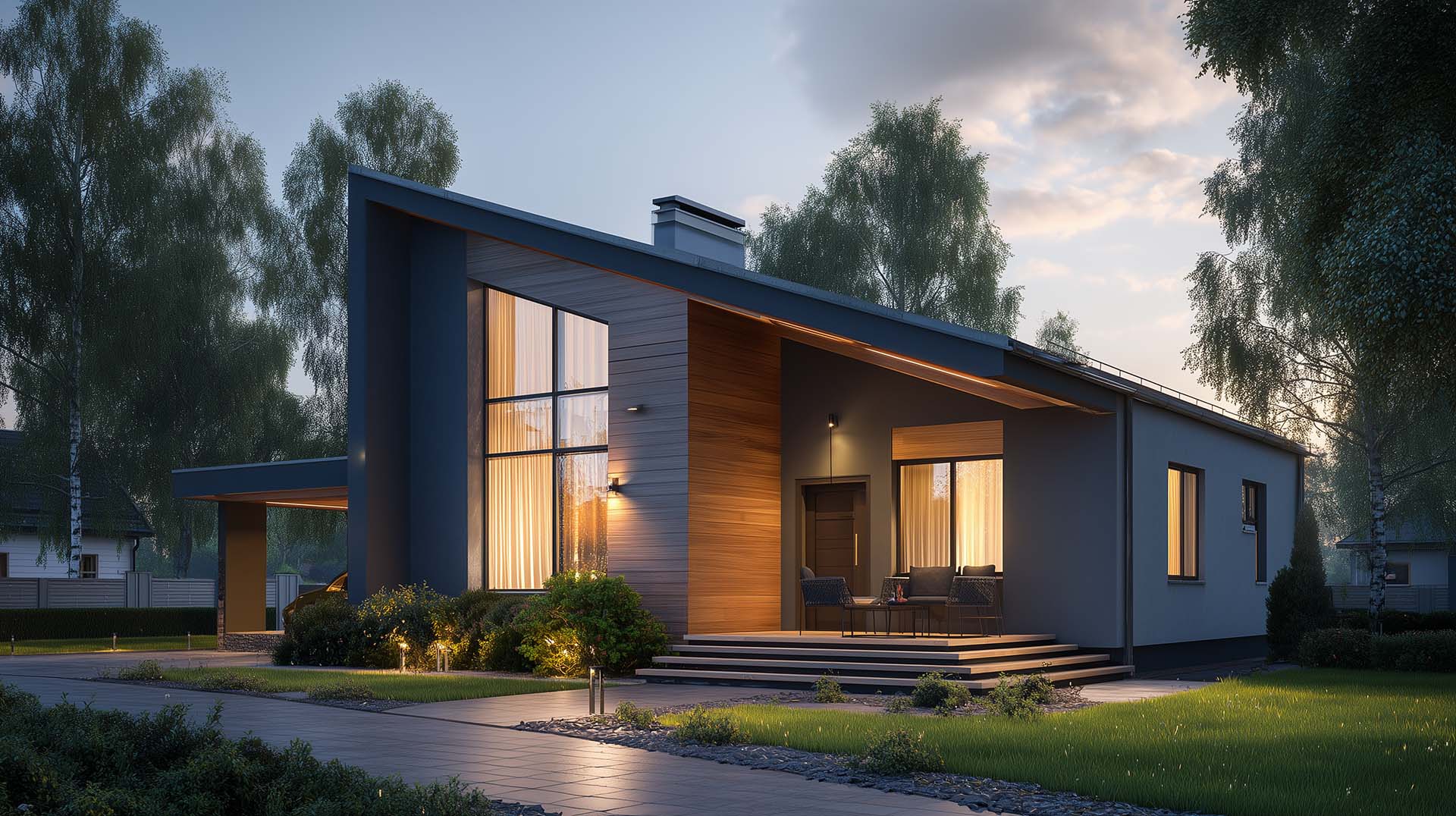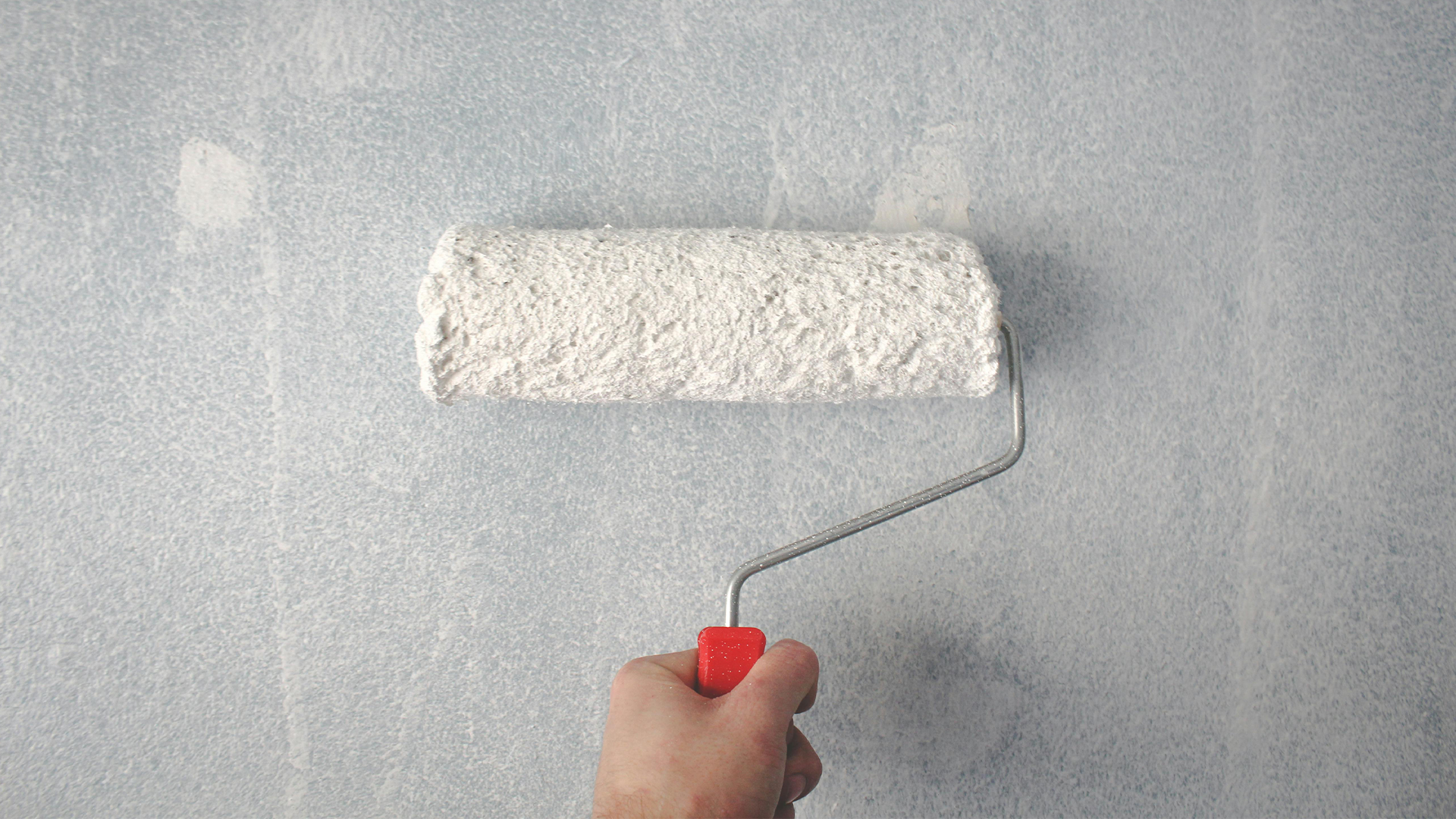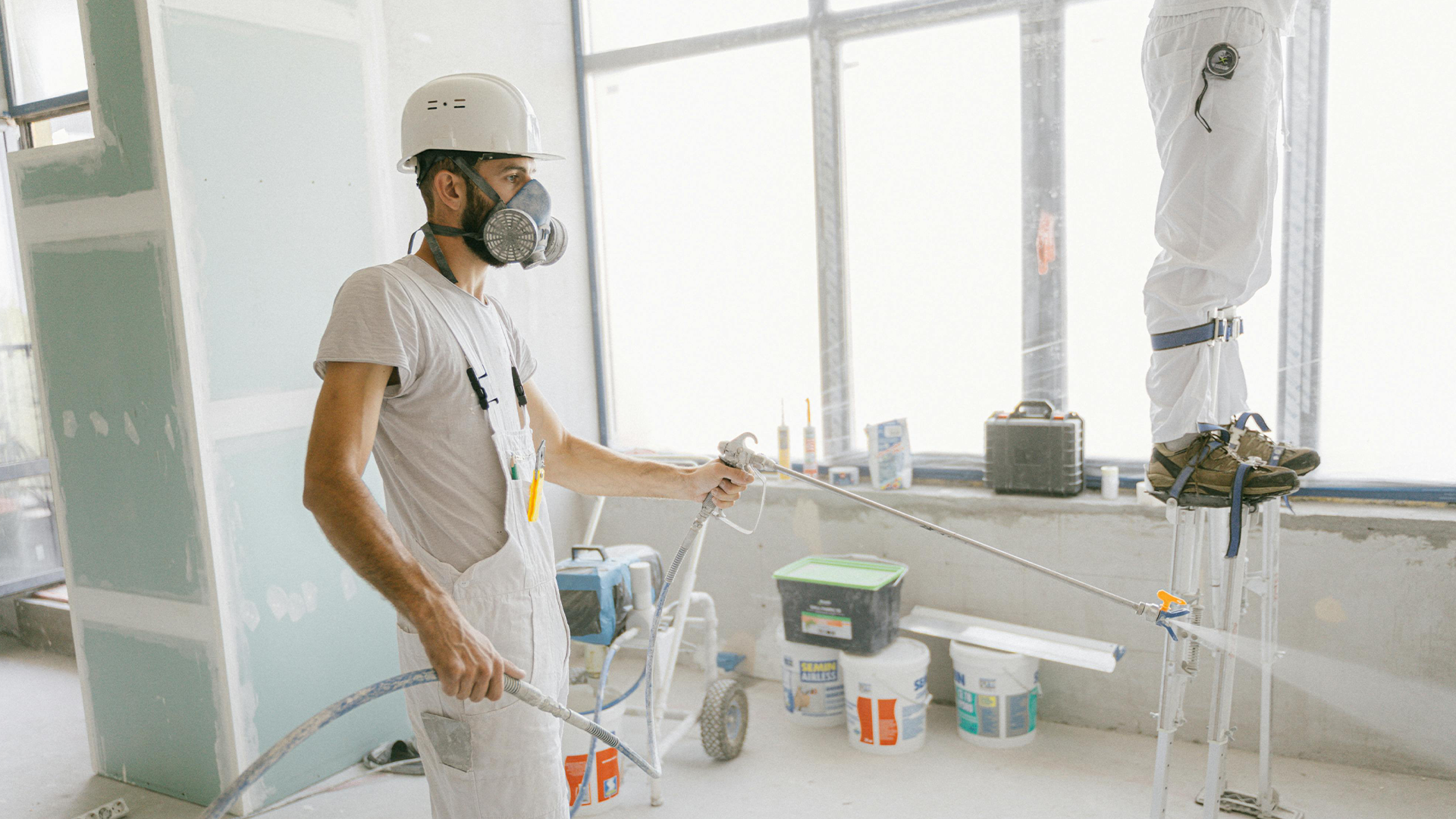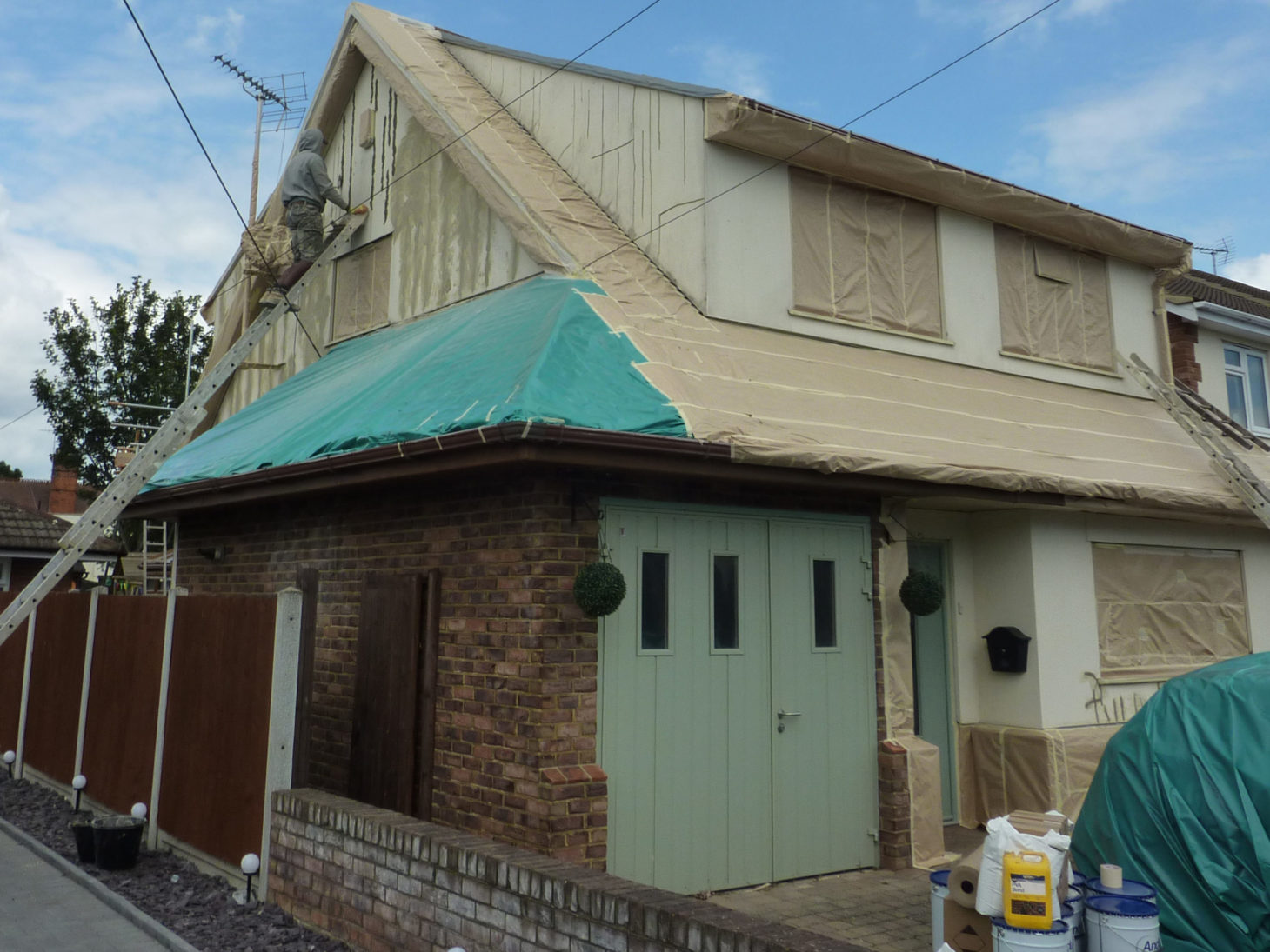

Key Take Aways
Alligatoring describes a cracked, reptile‑skin pattern on exterior paint, typically caused by applying incompatible paint types (e.g. oil enamel over latex) or not allowing proper drying time between coats.
Efflorescence appears as white, powdery salt deposits on painted surfaces; it occurs when water dissolves salts from masonry and later evaporates, leaving salts behind.
Both issues stem from poor preparation or application—such as ignoring paint compatibility or surface moisture control.
The cure lies in professional surface preparation: choose the right products, allow proper drying, and ensure walls are fully water‑resistant before painting.

Exterior paints have to be made of hardier stuff than their interior relatives. They have to be able to endure everything the weather can throw at them – whether that’s freezing cold or blisteringly hot temperatures, adverse weather conditions or even the more mundane, everyday occurrences of buffeting wind and rain. Because of these combative conditions, there are a lot of things that can cause exterior wall paint to deteriorate and a whole range of technical terms to describe them. To walk you through a few of these issues, the reasons why they appear, and how to ensure they never reappear, we have produced this post that sheds some light on two of the most common exterior paint problems.
Alligatoring
Alligatoring sounds a lot more exciting than the effect it actually describes, but it is nonetheless an apt comparison. It’s named after the reptile skin-like impression due to the effect it leaves on your home’s exterior. It causes the exterior to crack haphazardly into deep grooves, in much the same pattern as you’d expect to see on an alligator’s back.
Usually, alligatoring is the result of two incompatible paints being applied over one another; a glossy or hard oil enamel directly over a latex-based paint for example. It can also occur when the second layer of paint is applied before the first one has had enough time to fully dry. Oil paints, in particular, are especially vulnerable to alligatoring. Over time, they gradually lose their elasticity, making them susceptible to fluctuations in temperature.
Efflorescence
Efflorescence is the chemical term for white, powdery salt deposits that materialise on a painted surface. When water gets into a surface, salts from the brick or concrete dissolve. When the water later evaporates, these salts reappear on the outside of the surface as crystalline deposits. The solution to this problem is simple: keep water out of your home’s walls.
The solution?
Alligatoring and efflorescence might seem like quite disparate issues, but their genesis can be ascribed to the same root problem: a lack of due diligence on the part of the person doing the painting. Either they didn’t use the right kind of paint or their method of application was incorrect.
Rather than shouldering this responsibility yourself, or hiring someone without a track record of success, you should instead turn to an experienced and reputable exterior wall coatings company to complete the job. With a skilled team adept at handling a range of exterior wall painting projects efficiently, All Weather Coating is just that. Get in touch today to organise a site visit.
